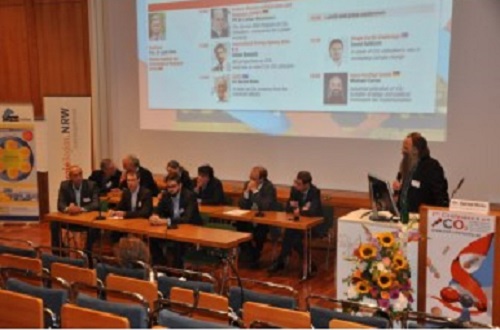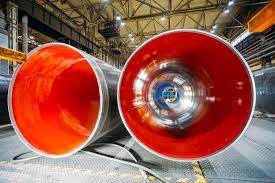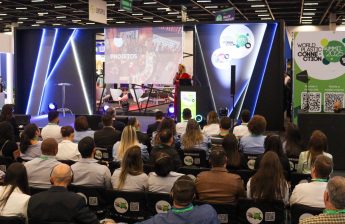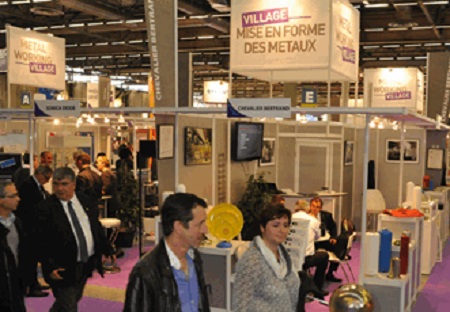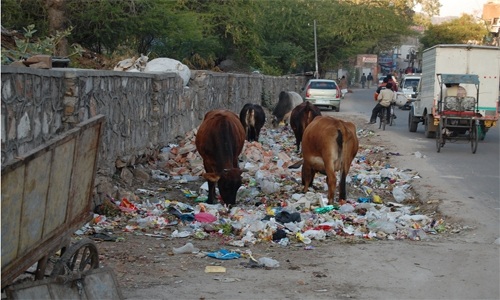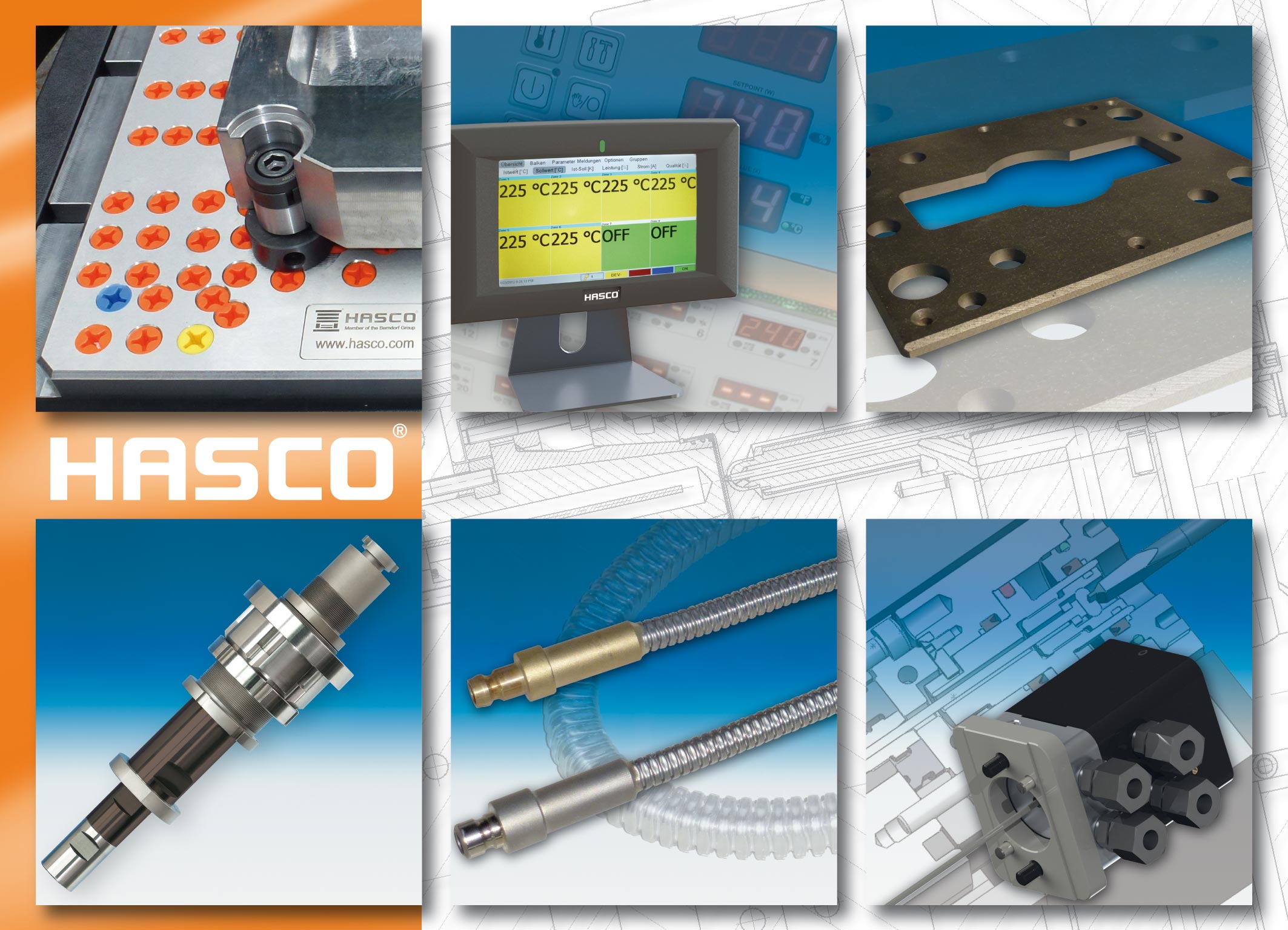At the beginning of October 2013, 140 leading minds from the world of Carbon Capture & Utilization (CCU) met for three days in Essen, Germany at Europe’s largest conference on “CO2 as chemical feedstock – a challenge for sustainable chemistry”.
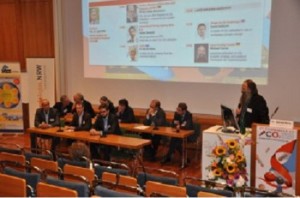
Electrolysis uses electricity to break water up into hydrogen and oxygen, and the energy-rich hydrogen then reacts with CO2 to form methane, methanol or DME, along with other chemical building blocks.
Modern PEM electrolysis processes (reverse fuel cells) already operate at 75% efficiency and can therefore convert surplus solar and wind power into methane, for example, with acceptable losses, and store it in the natural gas grid. The overall efficiency of solar to methane can already attain 10% today, thereby exceeding the efficiency of plants (approximately 0.5% through to biogas or biofuel).
About 20 of these power-to-gas demonstration plants are already in service in Germany. The economic problem is that clean water and most importantly pure CO2 is required for the whole process; the latter is costly to purify and has a market price of 70-100 euro per ton.
Another technology that was discussed in detail at the conference – and which some purists consider to be the only true form of artificial photosynthesis – is catalytic water splitting followed by CO2 reduction.
Unlike electrolysis, this process does not use sunlight to produce electricity. Instead, individual photons can split the water directly via one catalyser and a second catalyser then reduces the resulting hydrogen using CO2 into methane, methanol or formic acid. This technology could lead to artificial leaves that would produce chemical building blocks from sunlight, water and CO2 in large-scale as well as small, decentralized plants. Panasonic presented a first system along these lines back in 2012.
Many new developments involving catalyzers in particular were presented at the conference. This kind of system currently achieves an efficiency rate of less than 1%, yet they are considered to have the greatest efficiency potential in the long term.
Last but not least, there are also promising biotechnological procedures in which bacteria, archaea and algae in particular either produce hydrogen from water or else are able to reduce the CO2 directly to obtain a wide variety of chemical building blocks for fuels and plastics. To do this, the bacteria require energy, which they either gain from sunlight, heat or directly from electrical power.
The great advantage of biotechnological techniques is that they do not need purified CO2 but can use CO2 straight from power stations or from industry. This makes the whole process far more viable, even if its overall efficiency is likely to remain below that of electrolysis or catalyzers.
Source : www.adsalecprj.com/Publicity/MarketNews/lang-eng/article-67009439/Article.aspx

